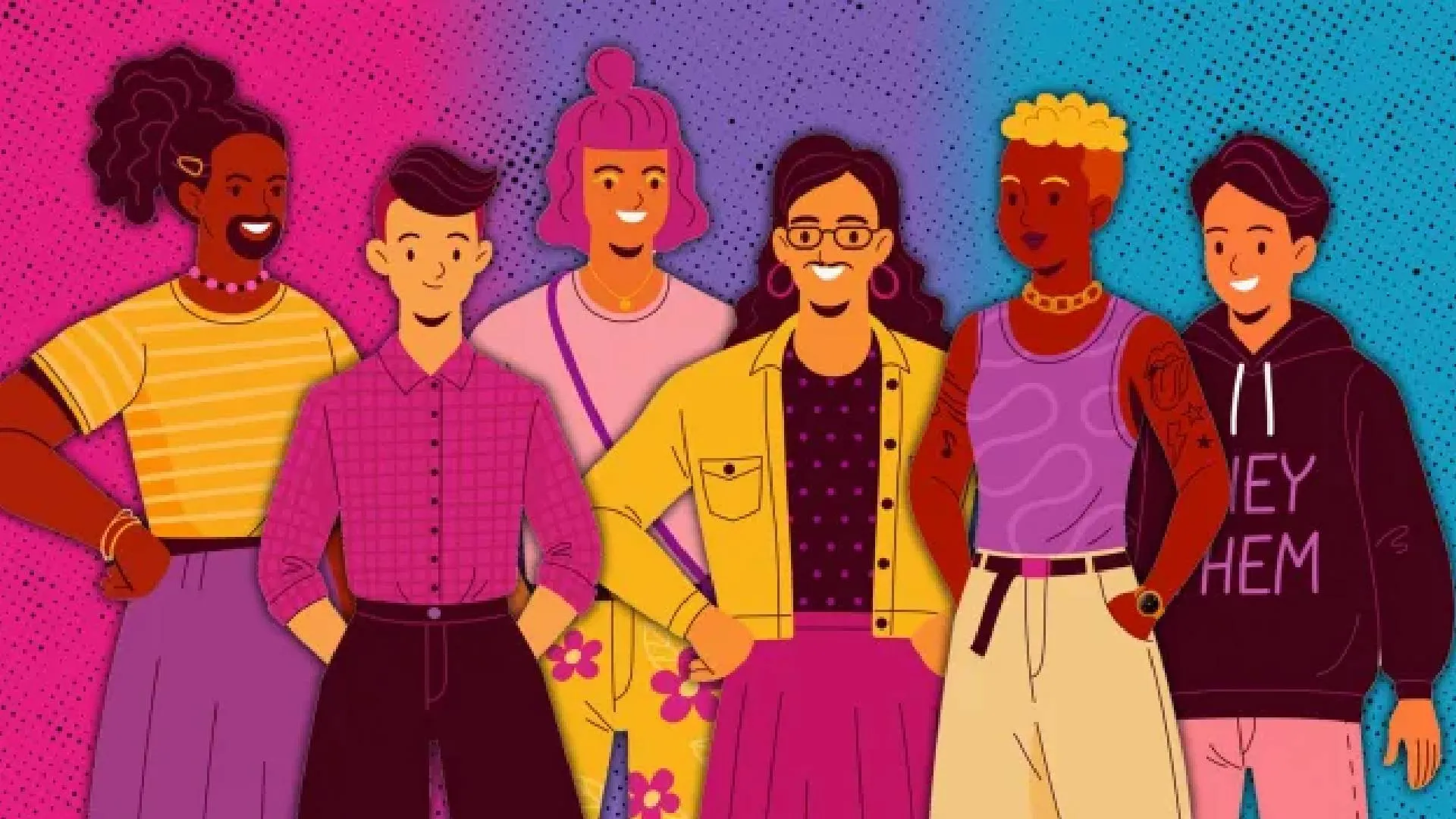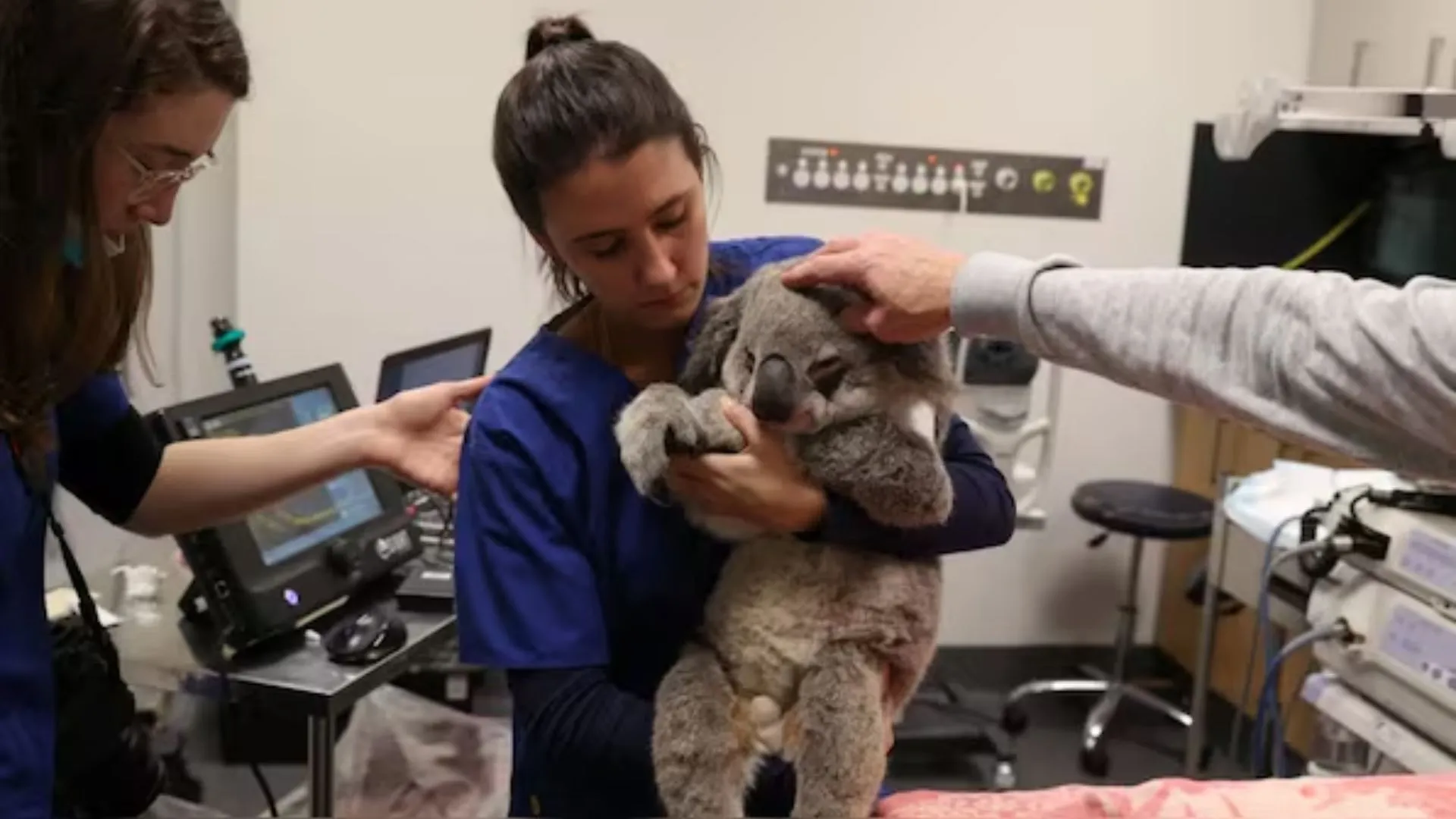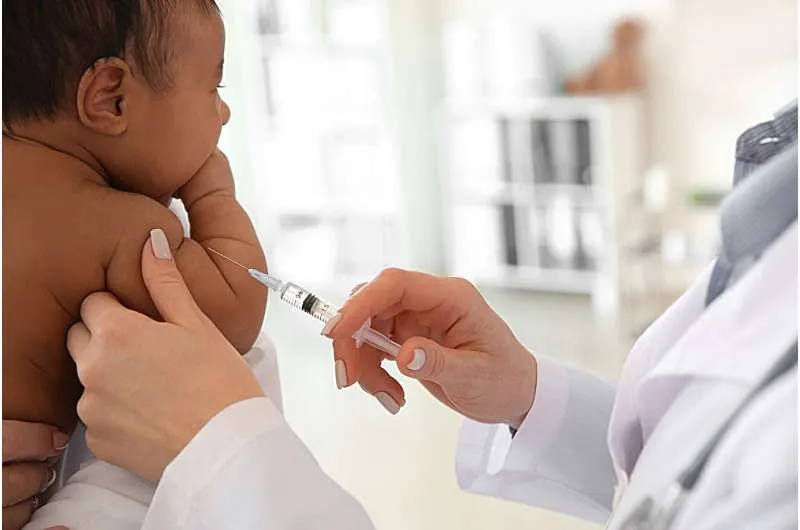As society becomes more inclusive of diverse sexual identities, new terms like “androgynosexual” are emerging to reflect these changes. This term, though not widely known, is gaining popularity. Individuals use it to describe their attraction to people who display both masculine and feminine traits. Androgynosexuality refers to a sexual, romantic, or emotional attraction to individuals who exhibit both traditionally feminine and masculine characteristics.
Defining Androgynosexuality
Androgynosexuality, unlike bisexuality, which describes attraction to more than one gender, or pansexuality, which defines attraction without regard to gender, specifically focuses on individuals who embody androgyny.
Androgyny blends qualities typically associated with both genders, which can manifest in physical appearance, gender expression, or behavior. Androgynosexual individuals are primarily attracted to the fusion of traits, regardless of the person’s assigned gender at birth.
Expanding Language for Diverse Identities
The growing recognition of androgynosexuality reflects a broader shift towards accepting diverse sexual orientations. It provides a new way for people to describe their unique attractions and allows for greater self-expression and self-acceptance, particularly within the LGBTQ+ community.
While terms like “queer,” “bisexual,” or “pansexual” are often used as umbrella terms, many individuals prefer to use more specific labels to communicate their sexual preferences. This personal choice allows for greater precision in identifying attraction to specific characteristics, like androgyny.
Shaping Sexual Preferences Through Representation
Dr. Luke Brunning, a lecturer in Applied Ethics at the University of Leeds, explains that greater representation of non-binary, transgender, and gender-nonconforming individuals could influence sexual preferences. This increased visibility may make androgynous traits more desirable.
As the concept of androgyny continues to gain recognition, androgynosexuality offers another avenue for individuals to articulate their sexual orientation and experience greater inclusivity.























